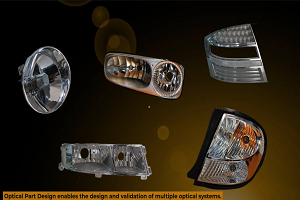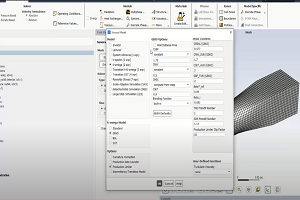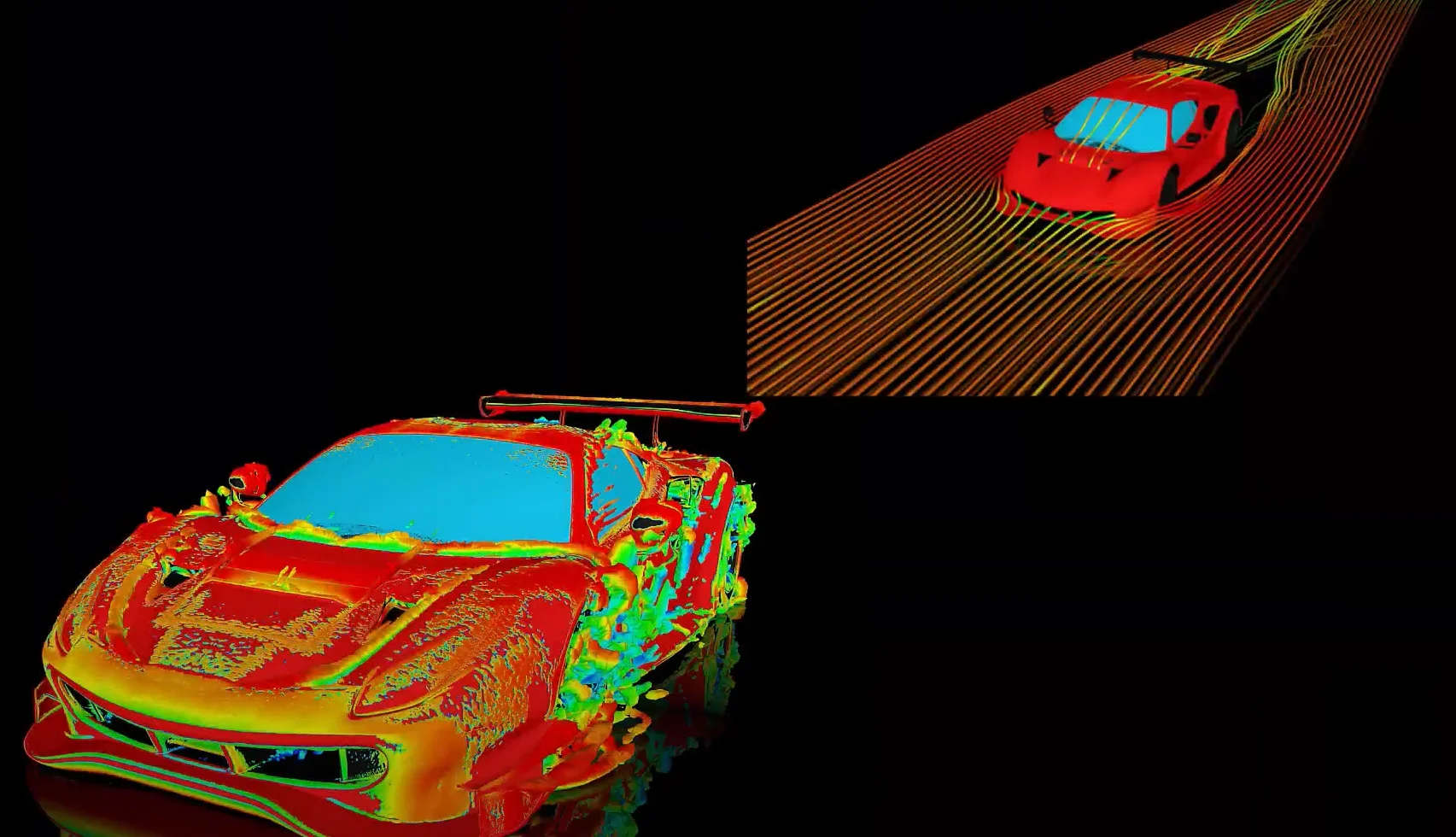Tagged: 17, Explicit - AUTODYN, mechanical, structural-mechanics
-
-
January 25, 2023 at 7:34 am
 FAQParticipant
FAQParticipant“In Analysis Settings of Explicit Dynamics System, you will find a field called “”Reference Energy Cycle””. The energy reference cycle in default is set to 0. Explicit Dynamics solver always calculates the total energy (summation of total internal energy and total kinetic energy) at the energy reference cycle and treats it as the reference energy. Then at every cycle after the energy reference cycle, Explicit Dynamics solver calculates the total energy (summation of total internal energy and kinetic energy, minus total work and minus total contact energy) as the current energy and compares it with the reference energy. If the relative energy error is greater than the maximum energy error defined in Analysis Settings -> Maximum Energy Error (default is 10%). Explicit Dynamics System stops the calculation and gives the energy error. If during a calculation, there is an energy increase due to work done by external forces (for example, gravity acceleration), or adding new parts or new materials, the current energy will exceed the reference energy and thus the program is likely to show energy error. If an erosion model is used in Explicit Dynamics calculations, the internal energy gradually decrease as distorted elements erode. This also causes an error in total energy balance. You can either reset the energy reference cycle to the cycle where you got the energy error, or disable the energy balance check by setting the energy reference cycle to a very big number, such as 9999999. This effectively disables the Explicit Dynamics energy error check. Please keep it in mind that energy error is just a warning message. It does not mean that your results are completely wrong. The error message just stops the calculation and let you examine the results before running the calculation further. Usually you only need to pay attention to the energy balance if there is a spike in the energy history curve via Solution -> Solution Information -> Energy Conservation. You also need to pay attention to hourglassing energy to make sure the energy error is not coming from the hourglassing energy via Solution -> Solution Information -> Energy Summary. If the energy error gradually increases, usually the results are OK. If the energy error goes up very quickly in a few cycles, you need to examine your results and model setup very carefully since it usually indicates the problems with the setup or solutions. Another possible cause of energy error in Eulerian calculations is that a low mesh density has being used for an area with high internal energy such as an explosive. When the mesh is coarse, numerical error in calculating the internal energy is increased. Refining the coarse mesh or increasing the tolerance of the energy error will help to improve this situation. Usually you only need to pay attention to the energy balance if there is a spike in the energy history curve. A summary of the energy balance can be viewed through the Solution Information by plotting Energy Conservation.”
-


Introducing Ansys Electronics Desktop on Ansys Cloud
The Watch & Learn video article provides an overview of cloud computing from Electronics Desktop and details the product licenses and subscriptions to ANSYS Cloud Service that are...

How to Create a Reflector for a Center High-Mounted Stop Lamp (CHMSL)
This video article demonstrates how to create a reflector for a center high-mounted stop lamp. Optical Part design in Ansys SPEOS enables the design and validation of multiple...

Introducing the GEKO Turbulence Model in Ansys Fluent
The GEKO (GEneralized K-Omega) turbulence model offers a flexible, robust, general-purpose approach to RANS turbulence modeling. Introducing 2 videos: Part 1 provides background information on the model and a...

Postprocessing on Ansys EnSight
This video demonstrates exporting data from Fluent in EnSight Case Gold format, and it reviews the basic postprocessing capabilities of EnSight.

- How do I request ANSYS Mechanical to use more number of cores for solution?
- Contact Definitions in ANSYS Workbench Mechanical
- How to restore the corrupted project in ANSYS Workbench?
- How to deal with “”Problem terminated — energy error too large””?”
- How can I change the background color, font size settings of the avi animation exported from Mechanical? How can I improve the resolution of the video?
- What is the reason for this error message when mesher fails – “A software execution error occurred inside the mesher. The process suffered an unhandled exception or ran out of usable memory.”?
- There is a unit systems mismatch between the environments involved in the solution.
- How to transfer a material model(s) from one Analysis system to another within Workbench?
- How to change color for each body in Mechanical?
- How to obtain force reaction in a section ?

© 2025 Copyright ANSYS, Inc. All rights reserved.

